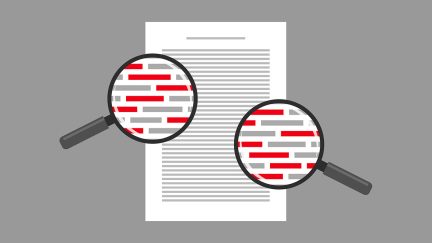For more stories like this, sign up for the PLANADVISERdash daily newsletter.
Fixing Late Deposit of Salary Deferrals
Failing to timely deposit salary deferrals is a fiduciary violation and could subject a plan to the Department of Labor’s (DOL’s) civil penalties, and could violate the plan’s terms and jeopardize its tax-exempt status. Failing to segregate salary deferrals from a plan sponsor’s general assets and timely forwarding them to the plan’s trust allows the sponsor prohibited use of plan assets. This can result in the plan sponsor engaging in a prohibited transaction for which it can be assessed excise tax.
Two correction programs are available for this plan error: the Department of Labor’s Voluntary Fiduciary Correction Program (VFCP) and the Internal Revenue Service’s Employee Plans Compliance Resolution System. The IRS notes that these two programs are not interchangeable. The goal of the VFCP is to ensure that the employer isn’t subject to DOL’s civil penalties. The goal of the IRS’s correction programs is to ensure that the plan does not lose tax benefits arising from its qualified status. It is critical for plan sponsors to know what their objectives are before deciding which program to use. Also, sponsors may use both the DOL and IRS programs if they have a dual objective of avoiding the imposition of DOL’s civil penalties and the IRS’s revocation of the plan’s qualified status.
If a plan sponsor failed to deposit salary deferrals to the plan, it must make corrective contributions in the amount of the salary deferrals it should have timely deposited adjusted for earnings. The adjustment for earnings is measured from the earliest date the sponsor could have segregated the salary deferrals from general assets to the date the corrective contributions are made. If a plan sponsor deposited the salary deferrals, but not timely, it must contribute the earnings on the late deposited salary deferrals. Earnings are what the late deposited deferrals would have earned measured from the earliest date the sponsor could have segregated them from general assets to the date the deferrals were deposited to the plan.
The general premise of both the DOL and IRS correction programs is to restore the plan to the position it would have been had salary deferrals been deposited timely. However, the earnings calculation in both programs could be different.
More information about this and other helpful information is available via the IRS’s Retirement News for Employers Fall 2012 Edition at http://www.irs.gov/Retirement-Plans/Retirement-News-for-Employers.
You Might Also Like:

Required Amendments for Qualified Plans, 403(b)s Issued by IRS

IRS, Treasury Explain How to Open ‘Trump Accounts’
